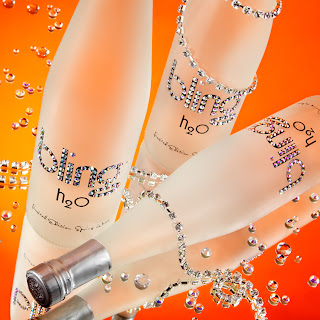Memories, memories, memories...
Think back to when you were a child. Or when you had your first pet? Made your first friend at 'big school'? Smiling yet?
Solomon (2010) suggests that nostalgic triggers help the consumer relate back to their original identity when current situations threaten to change the environment. With that kind of emotional reaction to a product, marketers can entice the consumer back into the past with feelings of joy and youth. A particularly emotional television advert was created by John Lewis in 2010. The advert was played during economic recession, when people tend to be more nostalgic, and emphasised the brands heritage as it has been a part of peoples lives for many years (Marketing Week, 2011). The effectiveness of the advert is also enhanced with the use of colour and music to grab attention. The song is very emotive and relates to consumers in different segments, whilst the use of red as a main colour evokes love, warmth and romance. Smell could also provoke stimuli with the birthday cake images and the outdoor scenes in the country, showing an idyllic lifestyle
Brands that use nostalgia to provoke consumer stimuli have products which will have affected people throughout their lives. The desire for nostalgia by the consumer is intensified because of the lack of predictability and opportunity in current society (Blake Project, 2010). When reflecting back on childhood there was always an element of risk with new experiences and challenges, presenting excitement in a yet to be explored world. Examples of these brands are Cadbury's, Marks and Spencer and Coca-Cola.
Marks and Spencer captured the imagination of the consumer by going 125 years back in time to when the company was created. No-one from that era is alive anymore so the feeling is traditional yet vibrant and, by casting Twiggy as the persona of the advert, the older generation can remember back to when she was a young, enigmatic model in the 60's. One of the first sentences spoken is that the M&S "changed us Brit's lives' forever, bringing in a taste of the exotic", which re-vitalises the brand image and brings an element of risk to the consumer by "changing their lives forever". Other adverts that create a nostalgic scene using props are those for Audi and Cadbury. By creating a childish play set with car races and old vehicles, the consumer can easily relate back to when they had enormous fun playing with toys, and who doesn't remember sitting at school waiting to have their hideous uniform photos?













